It has been no secret that I am a fan of Abe Schoener’s Scholium Project wines. I am also a fan of Abe Schoener. Yes, his wines are good, often great, sometimes challenging. In addition, it is his philosophical approach to winemaking and vineyards that really resonates with me. When I got an email from him recently announcing his Fall release, I wanted to share it with the readers of Eve’s Wine 101,not because I want you to buy his wine [although I think you should] but to give you some insight into what he is all about. He expresses better than I do the importance of the old vineyards of which I am so fond.
With Abe’s permission…
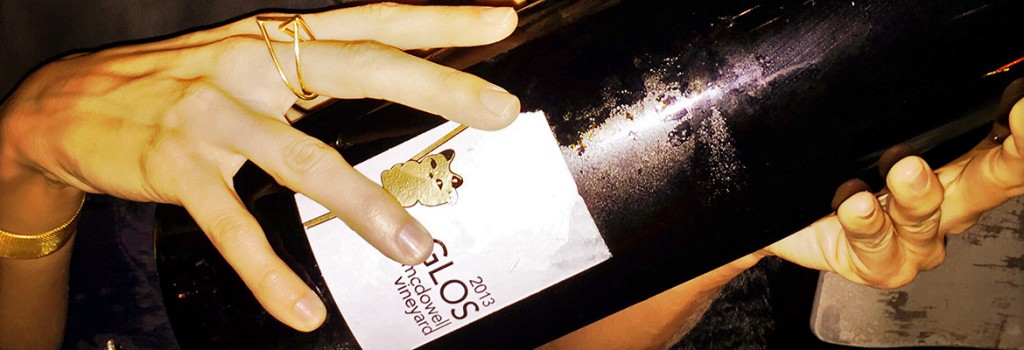
CLASSICISM in Lodi.
This email (now a blog post via Michael Perlis) announces and invites you to purchase our Fall Release. But first a manifesto, to help position it. Reflection before Commerce.
It’s harvest, and of course we are excited. But we have had a pause– it will be two more weeks before we bring more fruit in. So there is time for reflection.
Today, when we were sampling Bechtold, trying to get a sense of when we would bring it in, and how good it would be, it occurred to me that, “Now, I know this vineyard.
And so does Alex, and Brenna. We are no longer astronauts on Mars here; we are at home.” We can quickly see the signs of mite damage, and consider how that will affect the ripening; we can cast our eyes on the clusters and sense right away, “bigger than normal, but smaller than the first year, 2008 . . . ” The point is not that we are merely experienced, but that our work here, and in nearly every aspect of what we do, has graduated into a new phase. We are no longer exploring with every move, we are now making things with skill and knowledge. We feel joy with every move– every harvest, every pressing, every bottling.
But now in addition to our daily joy, we are making wines with mastery. We are finally in a position to create something classical.
And it is not just we at Scholium. I first realized this over the Winter, in conversation with a friend and colleague in Minneapolis. He wanted to get a bunch of us together and drop the bomb on his city. I was all for it; it is a special place, full of knowledge and excitement. And he said, “Yeah, it will be the New California coming to town . . . .” And I said, “Fuck that. We are already past the ‘New California.'”
And here is what I meant: We are not working or thinking in opposition to some existing pattern or scheme– something “old.” We are working within a world created by our teachers, parents, and anonymous antecedents. We too are trying to fashion something abiding and valuable, that will stand on its own, and stand not just in opposition to or rejection of something else.
No one knows or teaches this better than our friend and colleague, Tegan Passalacqua. Just today at lunch he reminded us of the “legendary ’81 Topolos Alicante Bouschet. Like Hermitage. . . . From two old vineyards in Sonoma.” His knowledge is not antiquarian or even a connoisseur’s– his knowledge is living and dedicated to helping us grasp what came before us, what heights have been hit, then almost forgotten.
It is for this reason that we dedicate ourselves to old vineyards and unglamorous regions: because of what has been accomplished there, even if it is now ignored. So it is not just because we are rebels or iconoclasts, or contrarian, or even thrifty, that we have pushed our work beyond the bounds of Napa or the charms of Cabernet– we do so not because Lodi and Trousseau promise novelty, but precisely because they promise the opportunity to do something classical– again.
[About the fall release –] …Two or three really have some claim on the classical: the Prince, from a relatively young vineyard in Sonoma; and 1MN, from the own-rooted Cinsault,…planted in the middle of Lodi in the 1870s; Michael Faraday: Chardonnay noble, strong, like and unlike its peers from Burgundy and the Jura. All of the wines in this release are great, and at least one expresses a spirit of bold experimentation, no matter what I say about the classical.
Now let me share another reflection. What are the peers of these wines? If the wines were vines or microbes, we would ask: what is their ecology?
When I started out, as iconoclastic as my crazy wines might have been, I saw my wines as outsiders positioned both within and against the world of expensive cult Cabernets and rich, pricy Chardonnays. I don’t mean that I hoped for or expected the financial success of the most famous wines, but I did want my wines to compete against them, or at least circulate within the same world. This made me price them a certain way– in part, to make sure that they were compared to, and ranked with these very fancy wines. And now, a little more than a decade after I set the prices for the first Scholium wines, I see that they are now moving in a very different world. What is so interesting to me that the commercial world within which these wines circulate is very wide– it is not in the least limited to California. Our new classics, as much as our earnest experiments, now move in a world full of natural wines from the Loire, old vine Nerello from Mt. Etna, Assyrtiko from Santorini, and an army of (as yet) unpronounceable wines from the eastern reaches of the Hapsburg Empire. And this is true not just in the United States, but in England, Denmark, Japan, even France– where there is now not just a market but a hunger for our wines. And not in opposition to these other wines, but as part of a truly international movement. And this world, of course has the occasional $100 bottle, but it is a world peopled with wines much more modestly priced. They are still luxuries, but middle-class luxuries– not the baubles of oligarchs. This hit me when a friend opened a $40 bottle of St. Bris for me and said, “I hope that it is good. It is my only bottle. This was my whole allocation.” In this new ecology, the most sought after wines do not require exhorbitant prices. And so, you can drink more of them.
This has been quite a lesson to me, and it has seemed only right to try to ensure that the prices of our wines clearly demonstrate the world in which they move. And so once again, we experiment. We are going to lower the prices of our two most expensive whites– and, over the course of time, you will see a few of the other wines simply disappear. I will write more about this in the future, and have told you a little already, but our focus will be on fewer wines, mostly white, and all of them more clearly in the orbit of the St. Bris. There you have it.
I can’t wait to hear what you have to say.
Stay in touch.
Abe
Michael Perlis has been pursuing his passion for wine for more than 25 years. He has had the good fortune of having numerous mentors to show him the way, as well as a wonderful wife who encourages him and shares his interest. After a couple of decades of learning about wine, attending events, visiting wineries and vineyards, and tasting as much wine as he possibly could, he had the amazing luck to meet Eve Bushman. Now, as Contributing Editor for Eve’s Wine 101, he does his best to bring as much information as possible about wine to Eve’s Wine 101 faithful readers. Michael is also Vice President of Eve Bushman Consulting (fka Eve’s Wine 101 Consulting) http://evebushmanconsulting.com/ and President of MCP Financial. Michael can be contacted at michaelthezinfan@aol.com or michael@evebushmanconsulting.com.






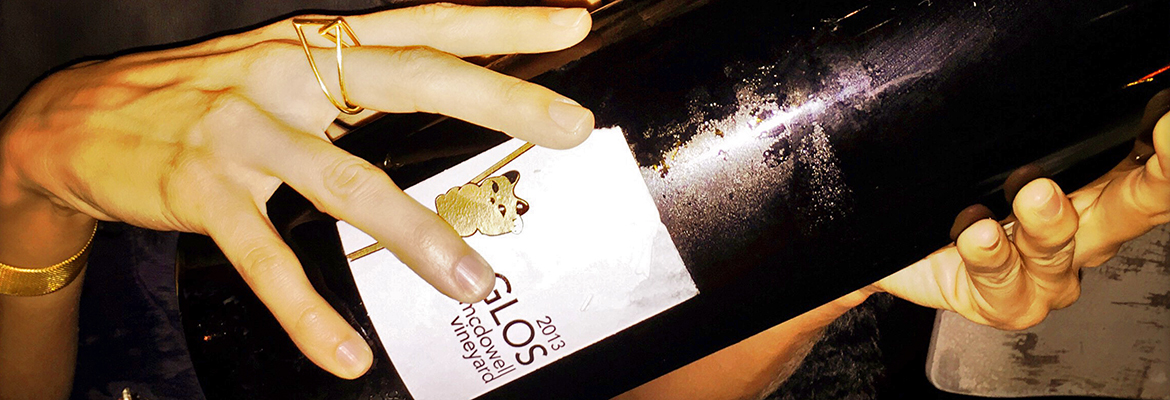
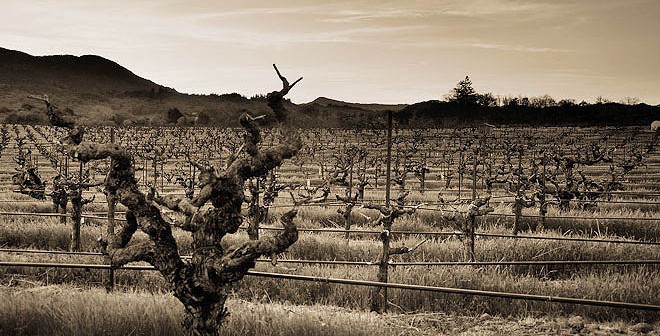
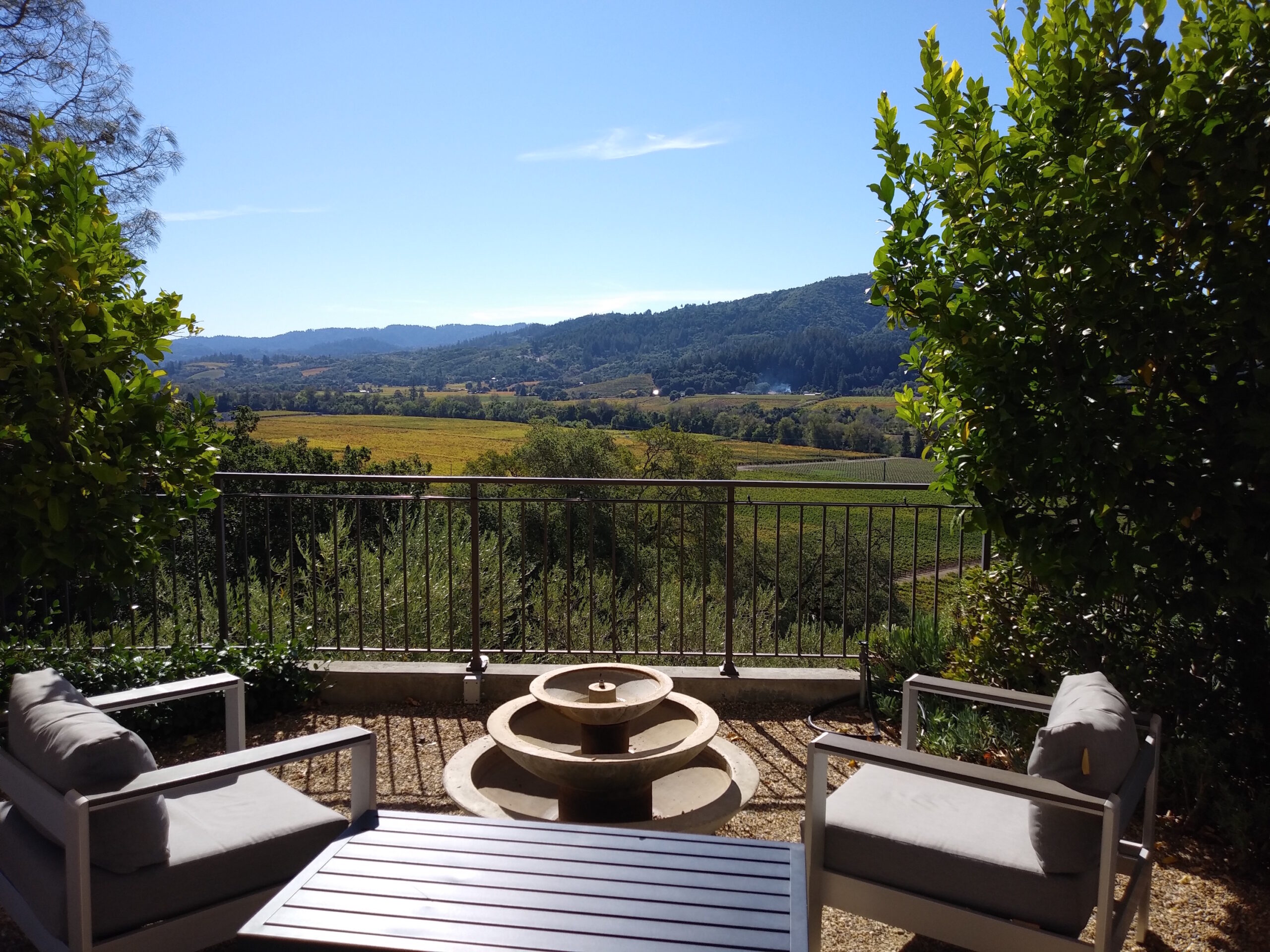
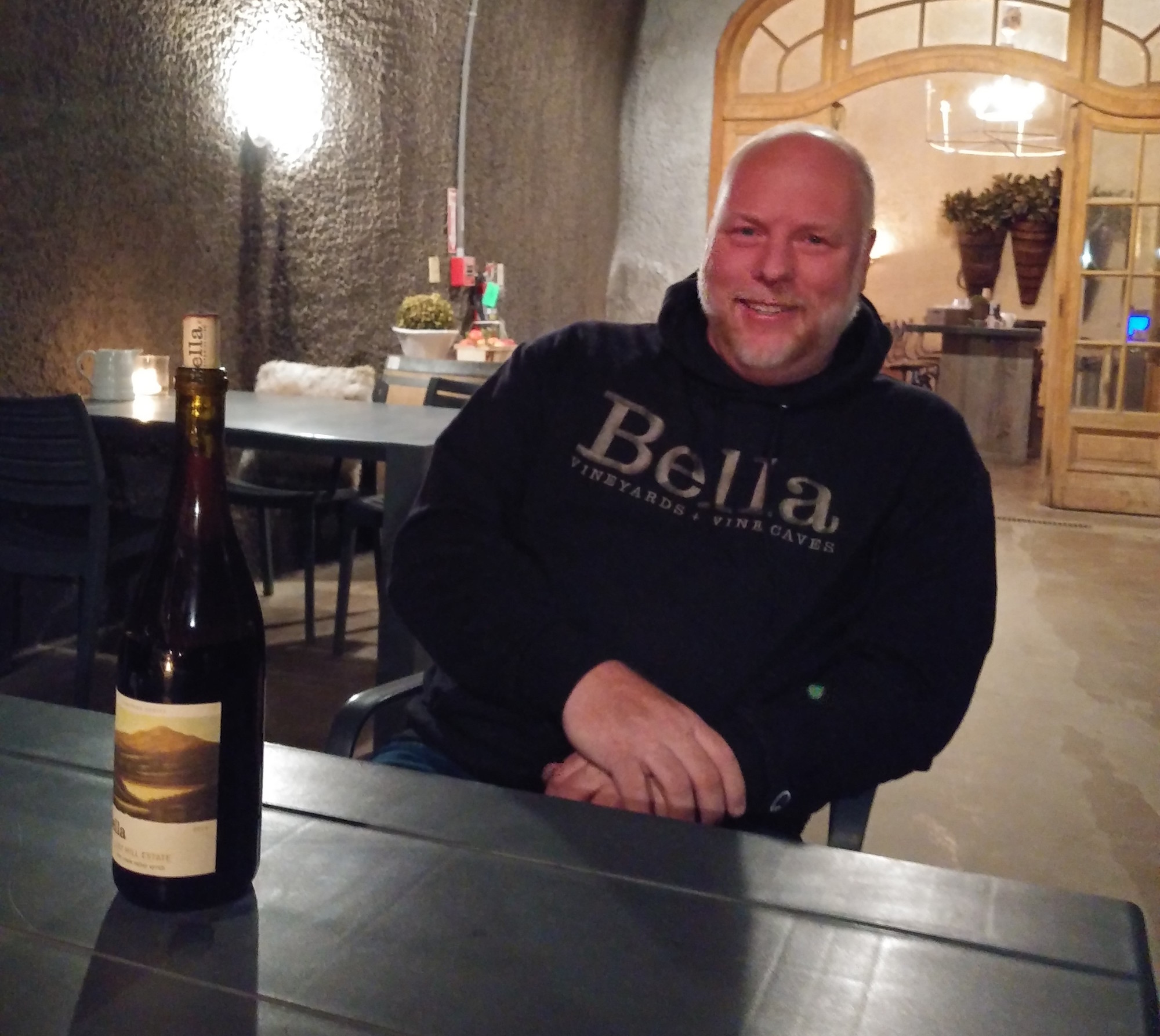
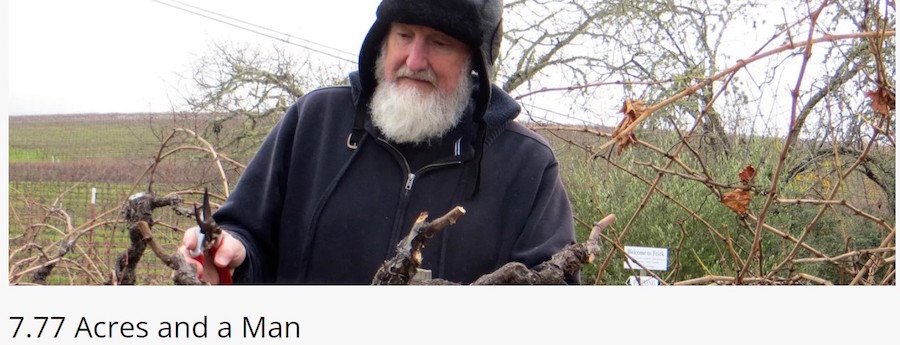
There was a lot of Wine Geek Speak in the manifesto that was above my pay grade, and I hope he does not get in trouble with the NSA over his comment about bombing a city.
What really defies logic however, is the talk of sought after wines with lower prices somehow being more available and in the same breath noting the allocation for the wine was only 1 bottle. How then does that equate to being able to “drink more”?
Steven,
Thanks so much for reading and even more for commenting.
I think the point Abe was trying to make about the highly allocated white Burgundy is that price shouldn’t be an additional deterrent to acquiring small production great wines. And thus, “drinking more” didn’t refer specifically to drinking more of that particular bottle but to being able to drink more scarce wines in general.
Thanks again.
Michael